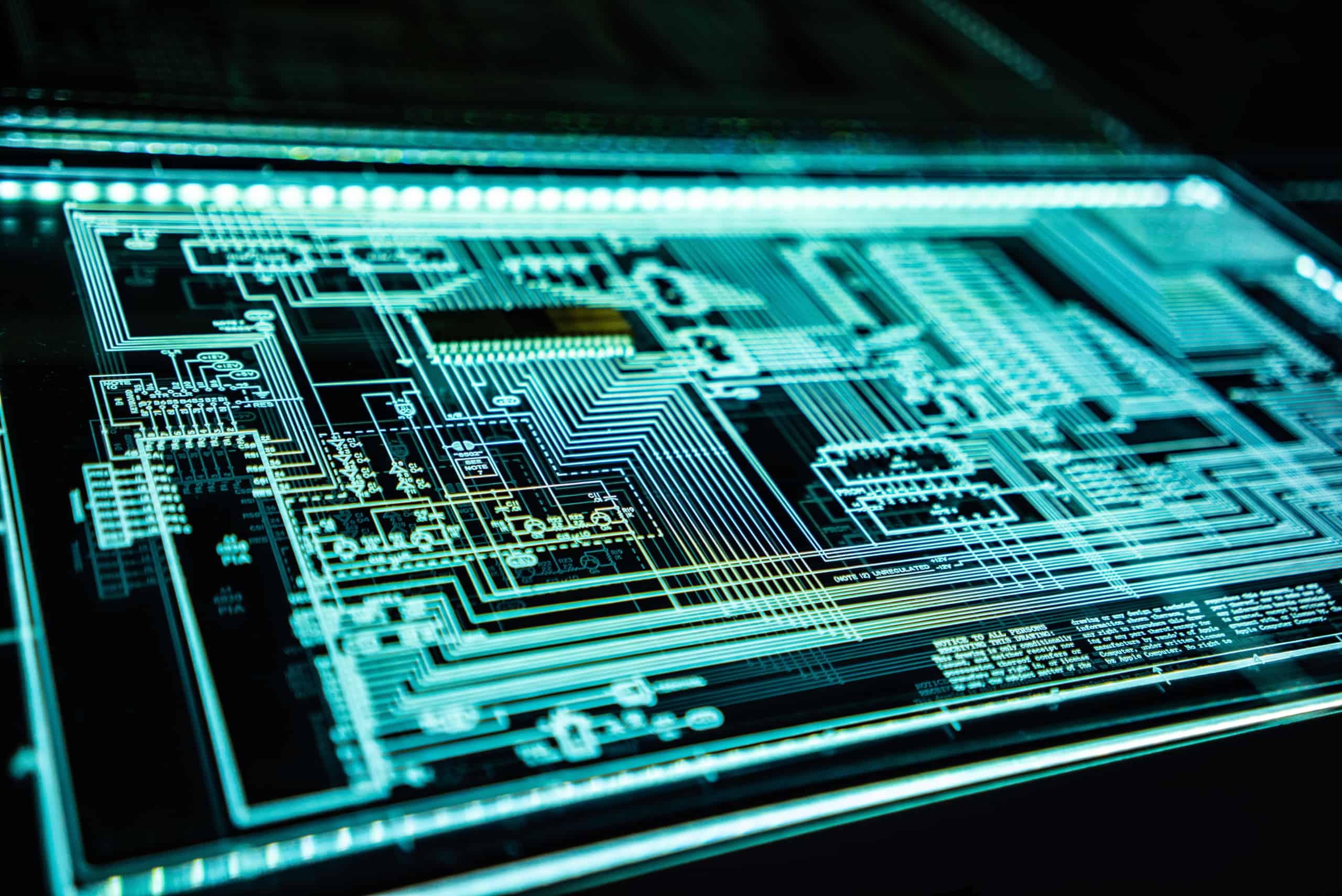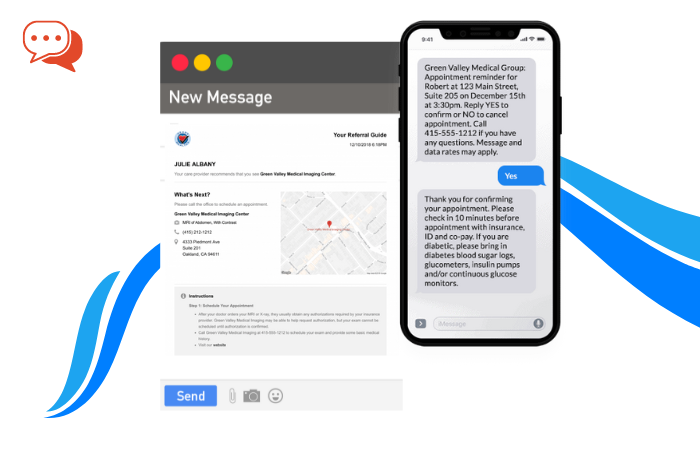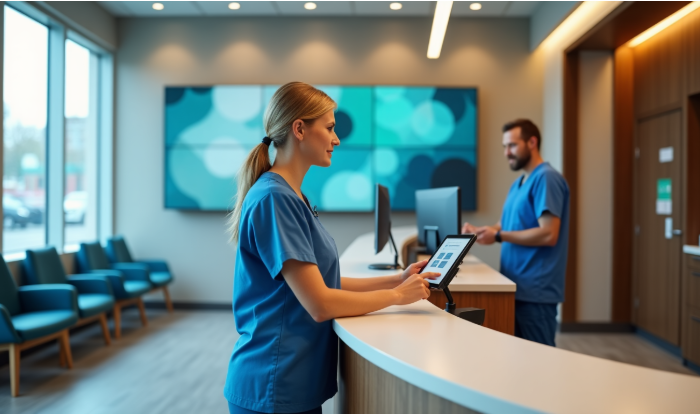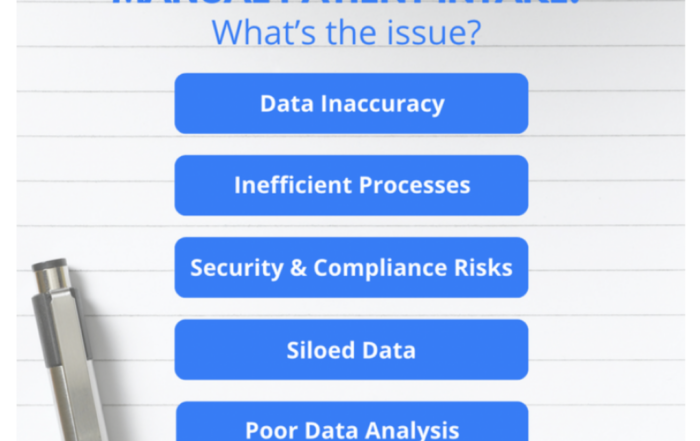Innovators are always looking for more effective ways to deliver healthcare services to patients. The medical field thrives on discoveries for surgical techniques, medicines, and treatments. The industry invests heavily in research and development as new healthcare technologies can save lives and be profitable. Here are some tech trends in the healthcare industry.

Photo by Adi Goldstein on Unsplash
Nanomedicine
This field uses nanotechnology to find ways to target diseases in the body. Microscopic particles are being used to deliver treatments to cells affected by illness. Treating disease on a cellular level minimizes the invasiveness and potential damage to other cells that can occur with traditional therapies. Other applications include imaging and diagnosis.
Infrared Therapy
The healthcare industry has expanded its traditional role of diagnosing and treating illness to include a wide range of services to improve patient wellness. LED therapy is being used to help patients achieve optimal health. Red light therapy benefits include reduced inflammation, increased energy, reduction in depression, and faster muscle recovery. This therapy passes light waves directly to cells, enhancing cellular respiration and helping your body function more efficiently.
Bluetooth Pacemakers
A pacemaker is an implant that helps stabilize the heartbeat of patients with irregular heart rhythms. Devices are equipped with Bluetooth technology to allow remote monitoring of the device and how the patient’s heart is working. Updates to a patient’s condition used to wait until a periodic examination in the doctor’s office. With remote monitoring, changes can be reported as they happen. Better data usually leads to better results for the patient.
Advanced Drug Development
Pharmaceutical companies have developed new technologies, processes and systems to allow faster and better therapeutic development. Regulating bodies have approved testing through virtual trials that can speed up the clinical trial phase of getting approval for new medicine. Companies are also more open to sharing data, so that information necessary for modification is accessible.
Lab Results on Microchip
Testing in labs has developed capabilities to process specimens as small as the size of a hair. The technology uses a card containing multiple specimens and returns rapid results. Results that show infectious conditions can be obtained quickly to utilize total protective measures and treatments. These tests are also more cost-effective than traditional methods.
5G Medical Devices
Medical devices are being built with 5G technology incorporated into their systems. Machines with 5G sensors do not require connecting to the internet to transmit data for monitoring and diagnostics. These units can be used anywhere for immediate results for patients. Faster and more regular results can help doctors review and analyze conditions for changes in treatments and interventions.
Virtual Medicine
Private and government health insurers have been more willing to pay for doctor’s visits done in a virtual environment. This type of appointment eliminates the need for a patient to travel to a doctor’s office for evaluation and treatment. Access for persons who do not live near a doctor or particular specialist can increase dramatically through virtual visits.
Enhancements have been added to traditional telemedicine visits. Platforms are available for physicians to interact with patients via video conference. Apps and devices can allow patients to register certain vital signs for the physician to review during the visit. Detailed images of problem areas can be shared with high-definition picture and video capabilities.
Technology keeps improving in all aspects of the economy. The healthcare sector is no different. New and exciting developments in medical care happen regularly. Better medications and treatments are invented to enhance patients’ health and wellness. If you had an ineffective treatment in the past, there might be an available alternative today.










